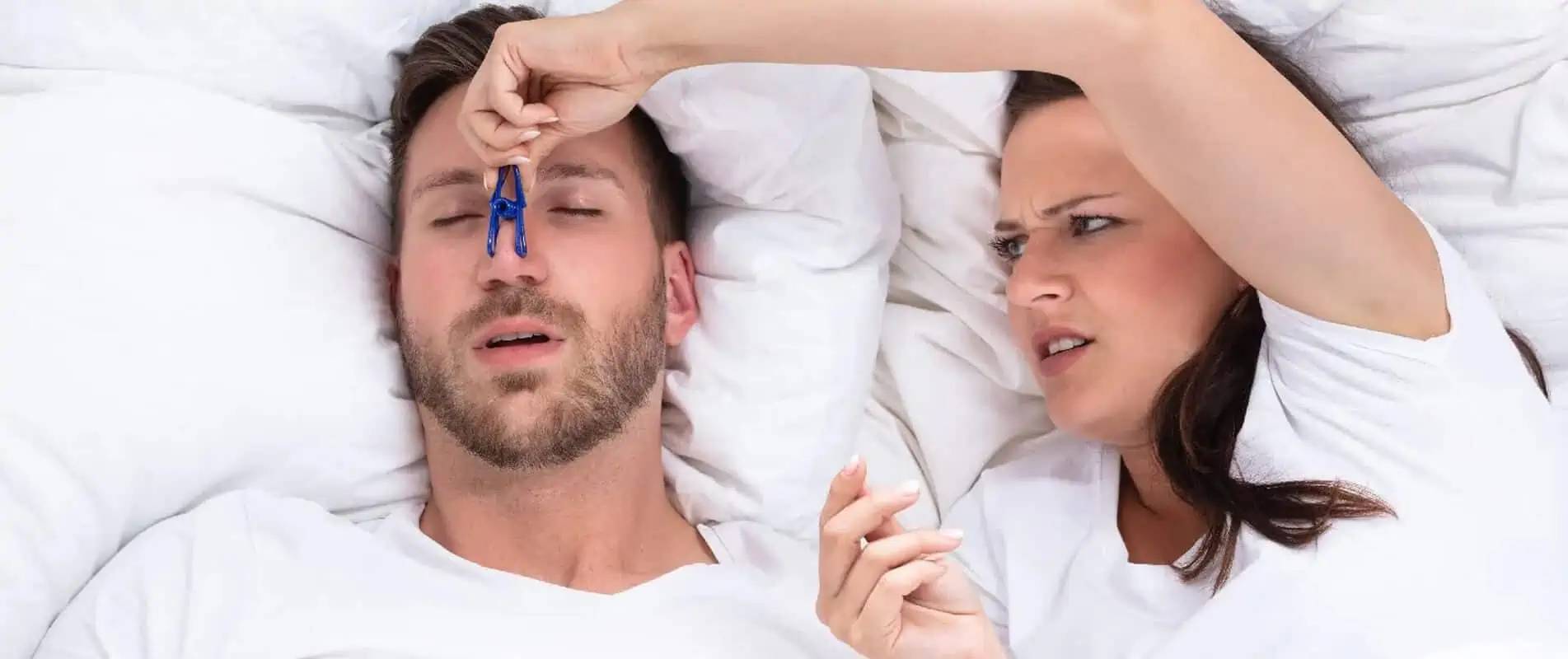
What Causes Snoring?
Snoring can be caused by narrowing or blockages in the upper respiratory tract. In adults, common causes include swelling of the nasal turbinates and deviation of the nasal septum. In children, enlarged adenoids and tonsils are the primary causes of snoring. Additionally, in overweight individuals, fat accumulation around the neck can cause the tongue to shift backward, narrowing the airway and leading to both snoring and sleep apnea.
Sleep Apnea Threatens Your Quality of Life!
Op. Dr. Oksay explains the two main types of sleep apnea:
- Obstructive Sleep Apnea: The most common type, occurring when the upper airway relaxes and closes during sleep, often accompanied by snoring.
- Central Sleep Apnea: Less common, it occurs when the brain fails to send adequate signals to regulate breathing. This type may not be associated with snoring and can be harder to diagnose.
Both types of sleep apnea can be detected through polysomnography (sleep tests) conducted in sleep laboratories.
Sleep Apnea in Children Can Lead to Developmental Issues
Sleep apnea is quite common in children aged 4-6, often due to the enlargement of tonsils and adenoids. This condition can affect not only sleep but also facial and jaw development, according to Dr. Oksay. He draws attention to a condition called "Adenoid Face", where:
- The child breathes through the mouth.
- The upper jaw narrows.
- The eyes become spaced apart.
- The alignment of teeth becomes irregular.
This can lead to a "fish-mouth" appearance and often requires extensive orthodontic treatment later on. Moreover, poor sleep quality can also negatively impact growth and height development. Dr. Oksay notes that treatment in children is often successful through tonsil and adenoid surgery.
In Adults, Sleep Apnea Can Be Life-Threatening
Op. Dr. Oksay emphasizes that sleep apnea can have more serious consequences in adults, including heart rhythm problems, high blood pressure, stroke, and even sudden night-time deaths. He particularly advises people working in high-risk jobs, such as heavy machinery operators and long-distance truck drivers, to undergo sleep apnea screening. Dr. Oksay explains:
- These individuals may experience drowsiness, forgetfulness, and sudden sleep attacks during the day because they cannot achieve deep, uninterrupted sleep at night.
- This increases the risk of workplace accidents and traffic crashes.
When Is Surgical Intervention Necessary?
Op. Dr. Oksay explains that in adults, the two main goals of surgical treatment are:
- To reduce the frequency of sleep apnea by clearing blockages in the upper respiratory tract.
- To improve the effectiveness of devices like CPAP (Continuous Positive Airway Pressure) by performing surgery to relieve nasal blockages.
Sleep laboratories within hospitals can be very helpful in guiding treatment for sleep apnea.

